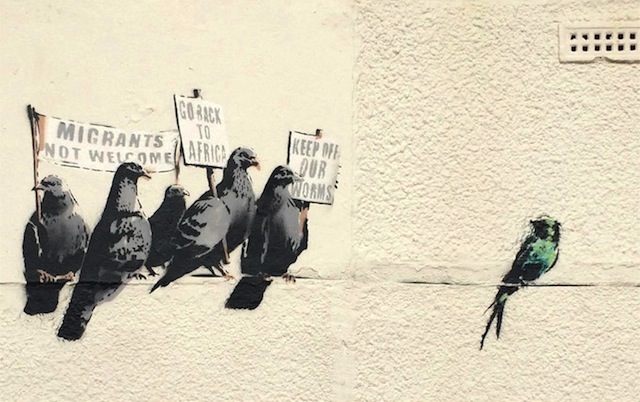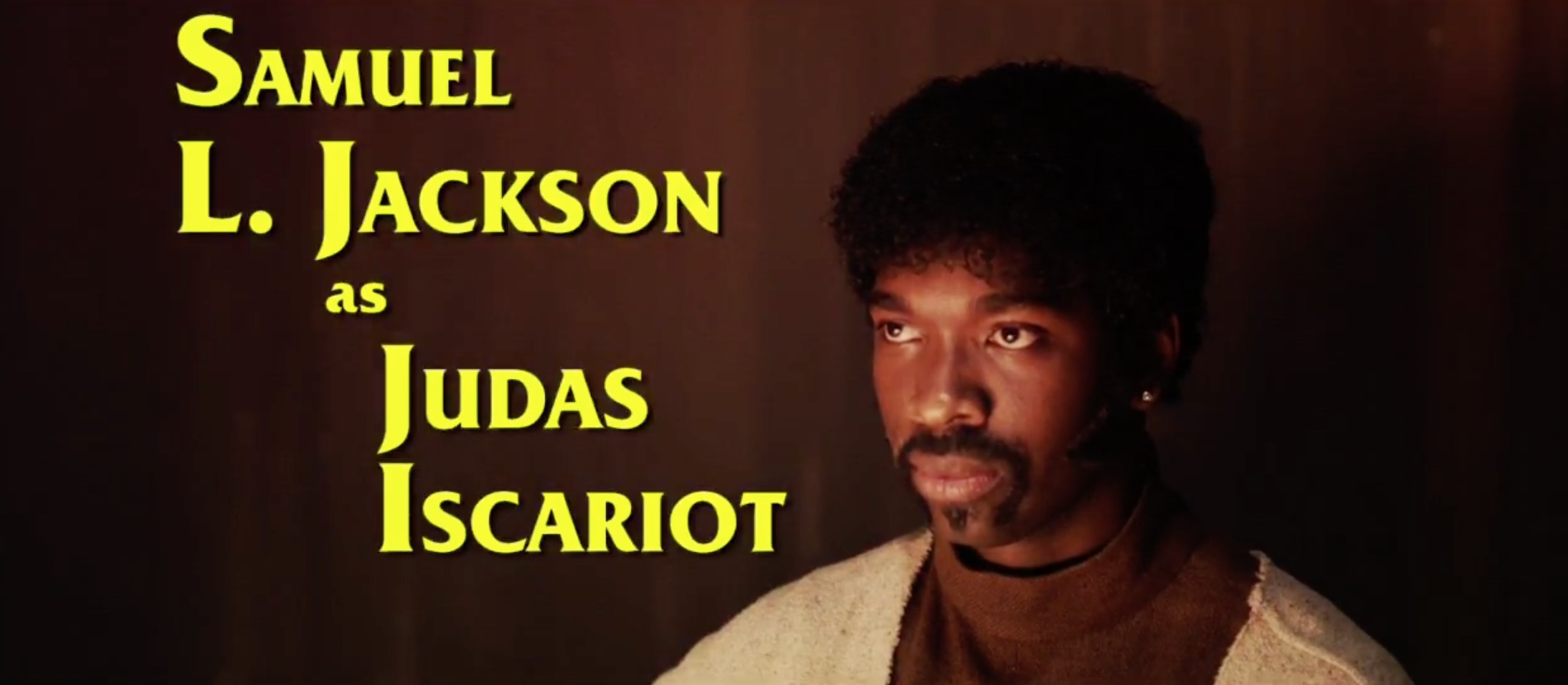
There isn’t a lot that surprises me anymore, but I had to say I was disturbed when I heard about this recent, and failed, Amazon television series campaign. I suppose what happened here was Amazon sought to promote it’s new show, The Man in the High Castle. No issues here. It’s an alternate reality where the U.S. lost World War II. Interesting subject, still no issues. So, to promote this, a New York subway line emblazoned it’s seats with Japanese imperial flags and Nazi symbolism. And, that’s the huge problem.
People flocked to Twitter with photos and reactions to the promotion, and there was an outrage, understandably. There were people sitting on their phones, seated atop fascist imagery, with the Iron cross to replace the swastika, which was supposed to make it better I suppose? But that ‘censoring’ doesn’t soften the blow; it’s their ploy to go hey, we can be offensive, but not really because we didn’t actually plaster a swastika on the subway? There’s a fine line her and they crossed it. There shouldn’t be a question of whether Nazi imagery should be placed in public spaces. In Germany, any symbolism making reference to the Nazi party is grounds for arrest. Yet, in the U.S, we like to consider this freedom of speech. That in itself is something to think about.
The rising sun flag is still debated about in the Asian community, and many Koreans and Chinese are still bothered by the imagery, as it brings back memories of Japanese imperialism during the second world war. So, while that image isn’t as recognizably offensive, it’s still not okay to plaster in a public space. It was also noted that New York has the highest population of Jewish people, totaling about 8%. This is not a place where this was going to be taken lightly; people will notice and likely be offended. This is a public, high traffic area where all types of people sit for minutes or hours trying to get to their destination. The subway was not a place for this to happen, if this was to happen at all (which it shouldn’t have).
Mic.com noted that part of the shock factor was the fact that the marketing for the television show was extremely unclear. People didn’t make the connection between the imagery and the show, which should have been the point. The show is focused on a dystopian new world, which is a popular topic for many newer television shows. But,this was a poor move from a business standpoint;they received publicity, but for all the wrong reasons.
There are a few debates that come up with issues like this. Many made the connection to Donald Trump, notable racist, and the fact that things like this are okay to do, even in our present time. Trump has a large following, and his racist remarks and agendas are applauded by many, so many didn’t find this offensive in the least. Many of the tweets coming out made reference to Trump, and white supremacy, and the fact that his ideas are still pervasive. Trump has been compared to Hitler himself,particularly with the idea of a more “lenient” ethnic cleansing of Mexican citizens, if that’s even possible. That is something each individual has to decide for themselves. This also ties back into the same conversation that comes up about censorship. The fact is, Amazon didn’t use a swastika, and they also utilized the Japanese imperial flag which many don’t even find offensive. That in itself can’t be argued. But here’s the issue with things like this ;how can we, as a society, sit and judge how many people it takes to find something offensive? Is one person enough? Amazon simply caved from pressure from Twitter to take down their advertising, which was concentrated to the S train. They had smaller posters with the name of the show, which I’m assuming they left up to continue to promote the series. And, at the end of the day, this show is still going to be produced. It is such a grey area when we get into tricky, sensitive issues dealing with race and ethnicity. It’s okay to go ahead and have images of the swastika in a documentary about world war two, but unacceptable when it’s likeness is in a public space. Hell would break lose if the n word was ever emblazoned in any space, but in rap music and in lay speak, it’s tossed around. We use the uncensored n word when referring to slavery and reading documents from the Civil War era. Showing offensive WWII political cartoons from Dr Seuss were offensive to many Asians and Europeans, but we still applaud Seuss for his children’s literature and simply say his work was “a product of the times”. We as a society pick and choose when certain things are acceptable, and at what time and place they are acceptable. Amazon won’t suffer much from this major flub, but it does again raise a discussion about Nazi propaganda and imagery that has been coming up in conversation with the introduction of Trump to the political front line. This campagin, in my head, was poorly thought out and offensive. I can’t see how this was going to promote the show in any positive light, and it was a tasteless move just to get attention. They knew they would receive criticism for this, but they went forward with it anyway. We can argue all day, back and forth about the offensiveness of this. Many won’t find it offensive at all and that’s their experience. I am not Jewish, so I will not understand the feelings and emotions that come up with seeing imagery like that in 2015 on a subway. But, it rubs me the wrong way and I’m glad they did respond to the public, though Iwould say they didn’t have much of a choice. The people themselves would have attempted to remove it if Amazon didn’t. This happens often; people get angry, company gives a BS apology and essentially gets ticked that people were offended. It becomes an issue is “if you don’t like it, don’t look at it.” Were those who were offended supposed to boycott the subway line? Just ignore it because they were being to sensitive, because it wasn’t actual Nazi propaganda/ I think instead of sitting back and forth arguing about why “everyone is so offended nowadays”, maybe we need to step back and realize why we need to stoop to such low levels to get attention? How effective is a campaign if it only gains notoriety for it’s offensive quality? It’s classic propaganda, revamped.






